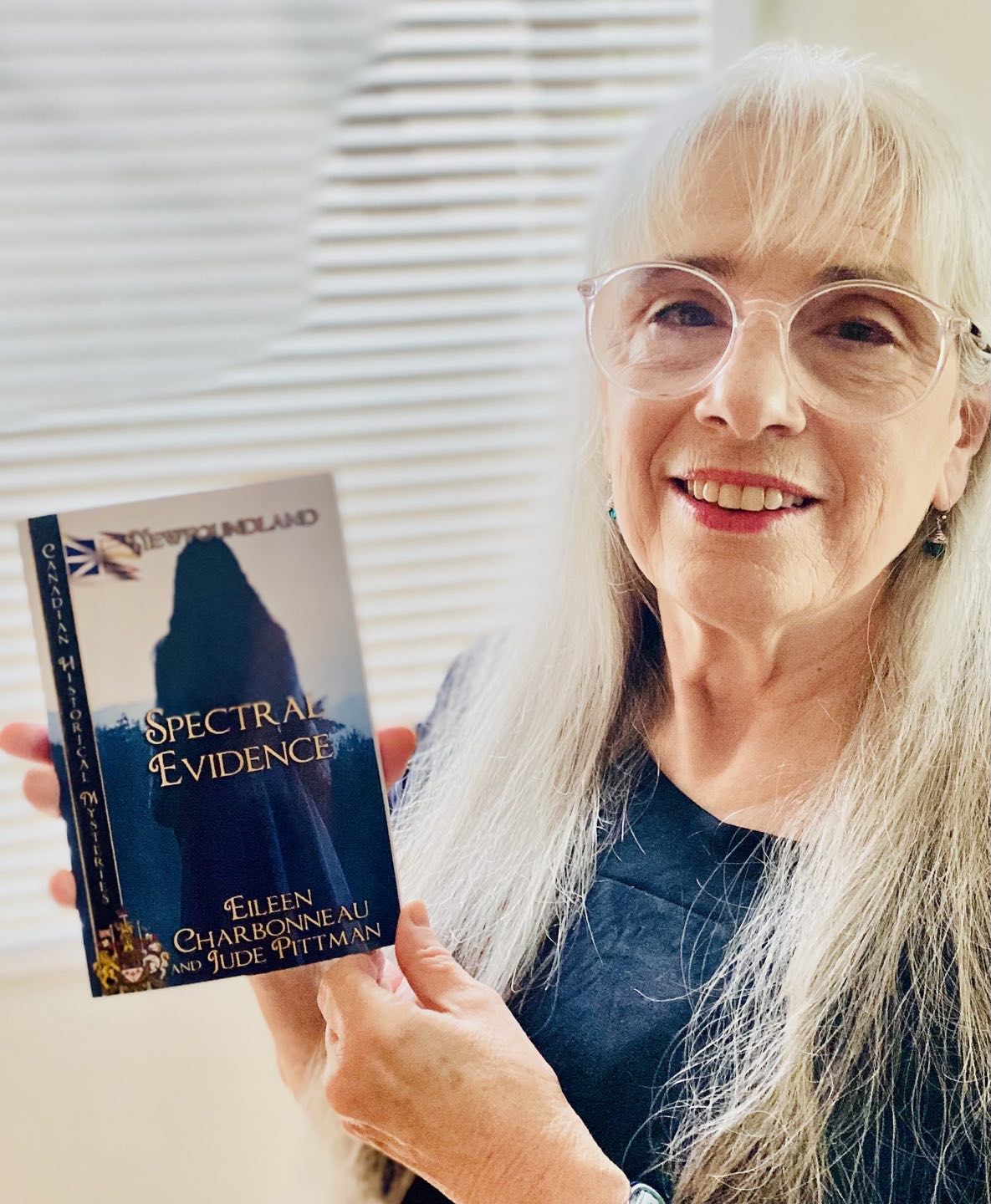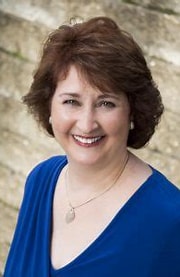
BELLOWS FALLS, Vt. – Highly acclaimed authors Eileen Charbonneau and Eileen O’Finlan take a dark look at what happened when two European folk beliefs arrived in America in their new novels “Spectral Evidence” and “The Folklorist.” They are scheduled to share some of their fascinating research at the Village Square Booksellers, 32 The Square, Bellows Falls, on Friday, May 17, at 6 p.m.
O’Finlan’s “The Folklorist” is a dual-timeline story set in 1970s and 1830s Vermont. It explores the New England vampire panic of the 19th century and its family echoes. Bellows Falls novelist Charbonneau’s “Spectral Evidence” relates the escape to Canada made by the family’s children when Mary and Philip English are accused of witchcraft during the Salem witch trials of 1692.
“I thought I knew a lot about witches before I began researching ‘Spectral Evidence,’” Charbonneau explains. “I discovered much of that came down from popular culture depictions of witches.” She found that the actual history was more interesting. “Like many people, I thought that the great witch hunts of history came during the so-called ‘Dark Ages,’” she says. “But the period of the Renaissance is where we find them. For Salem, they even seeped into our own modern American origins. Witch hunts happen in periods of momentous change, and are born out of fear…fear of change, fear of the power of women, fear of the world being turned upside down.” Charbonneau also found that the Salem witch persecutions spread around New England, but their disastrous consequences did not reach other parts of England’s colonial empire. “Setting my novel both in 1692 Salem and also in its close trading partner, Canada’s Newfoundland, helped me explore the reasons that it did not take hold there.”

For O’Finlan, writing “The Folklorist” brought her home to her family’s deep Vermont roots. Her novel explores the less well-known history of the New England vampire panic of the 1830s, through the eyes of a young scholar of the 1970s with a family connection. Our notions of vampires stem from the 1897 novel “Dracula” and all the popular culture interpretations and spin-offs that followed. But vampire stories and practices are much older. “Stories of the undead coming back to harm the living are quite old in Europe,” the author explains.
O’Finlan also found fear to be a great motivator in her study of how whole communities of New England tried to fight the surge of tuberculosis (then known as “consumption”) by resorting to Old World practices. These gruesome deeds were based on the superstition that the already dead were coming back to feed off living relatives. It included many ways to move, tamper with, or desecrate the bodies of loved ones. O’Finlan explains, “In Woodstock, Vt., an exhumed heart was burned on the town green. In Manchester, hundreds attended a heart burning on the blacksmith’s forge.”
Together, Charbonneau and O’Finlan offer a presentation on how the European beliefs about witches and vampires followed those who immigrated to America. How did these beliefs manifest in New England’s early centuries? Why has our fascination with witches and vampires continued? And what does it say about us? They hope you will join them.